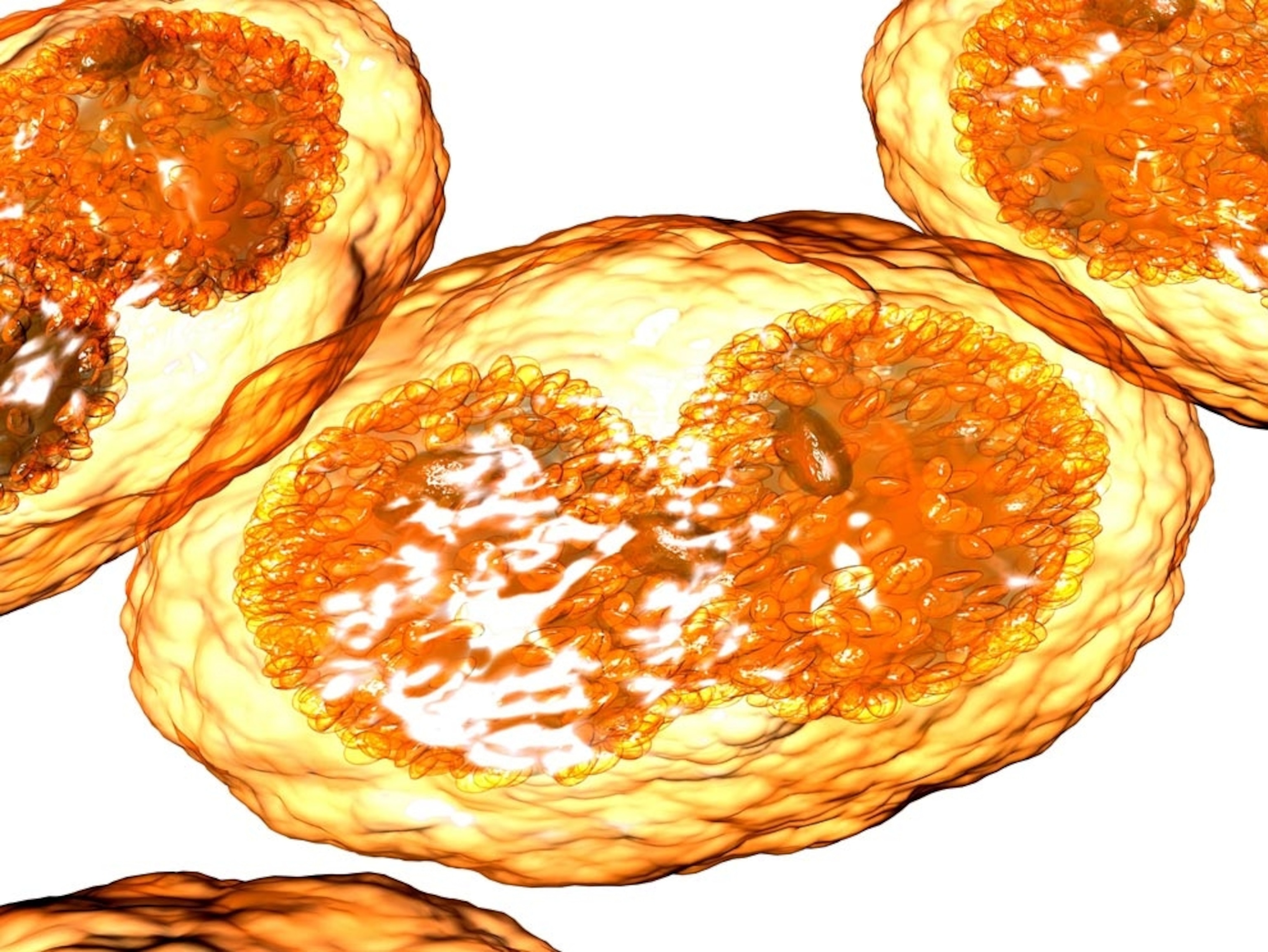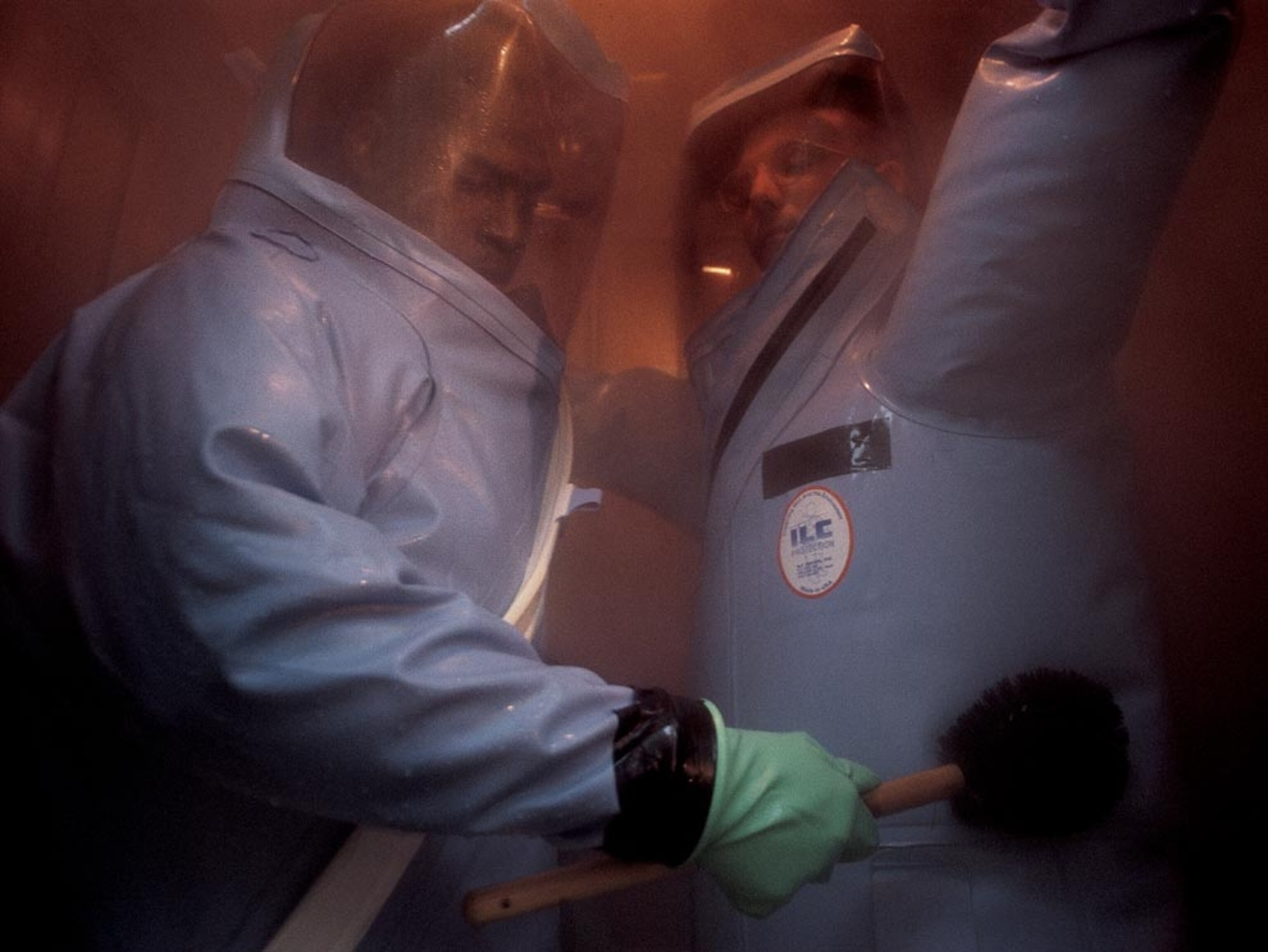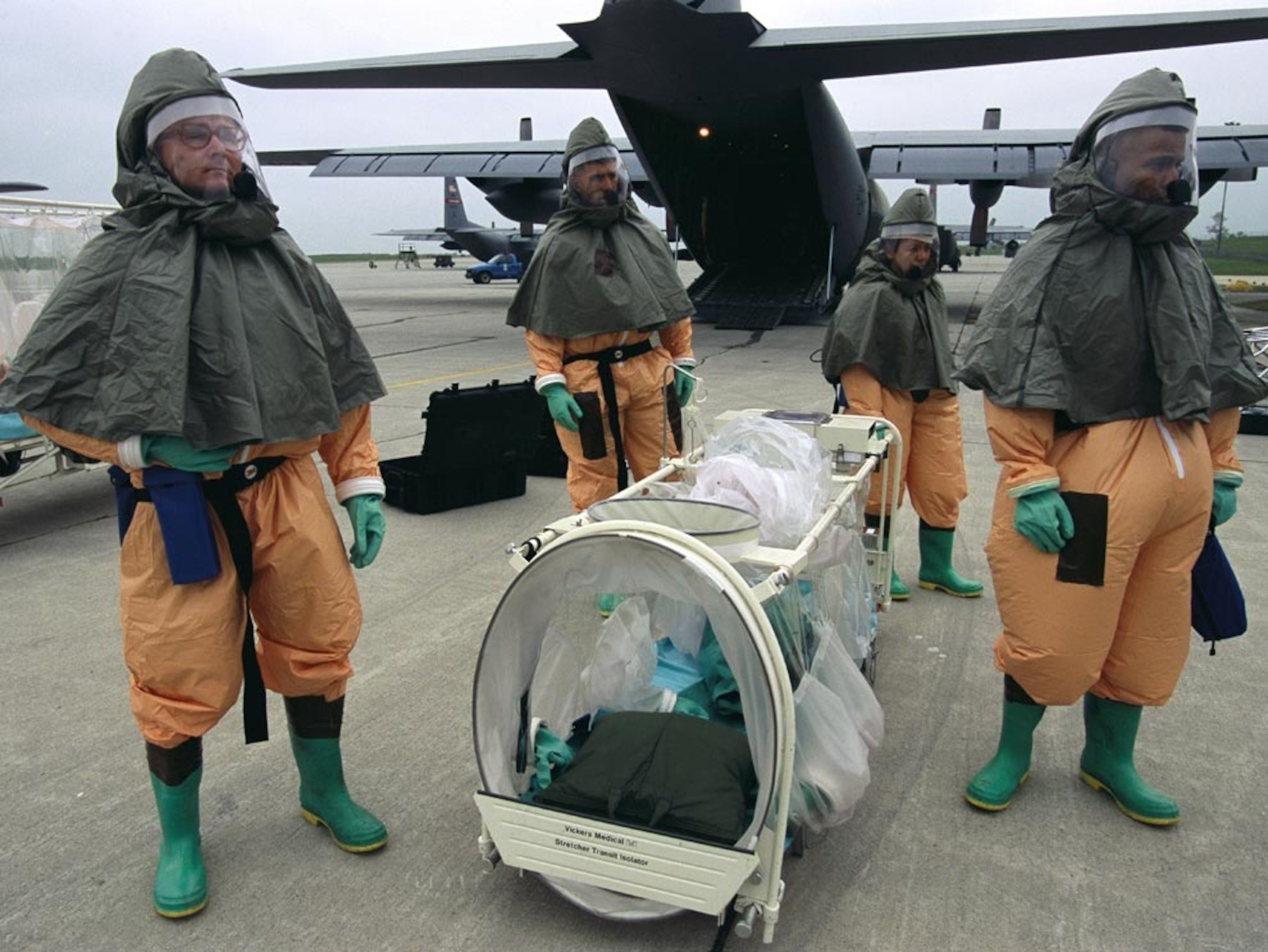
What Is Norovirus, And How Did It Break Out at the Winter Olympics?
Regardless of a highly contagious stomach virus, the Pyeongchang Winter Olympics are scheduled to start on February 9.
Dozens of Winter Olympics staffers in Pyeongcheng have been quarantined after a wave of norovirus broke out on Sunday. This includes workers, Civil Security Staff, and foreigners. (Related: "There's a Dark History Behind the Glittering Olympic Games")
About 1,200 Olympics staffers have been confined to their rooms while officials conduct testing for norovirus. To compensate, 900 military personnel were deployed on Tuesday to replace the lost workers. The Olympic Games are still on schedule to start on February 9. (Related: "The Olympic Games We No Longer Play")
"All areas are getting disinfected. [The organizers] will be extremely diligent to sanitize anything that came into contact with the persons," Olympic Games executive director Christophe Dubi tells reporters. "Very stringent measures are in place when it comes to food and beverage."
The organizers are also preparing for a cold snap to hit the open-air stadium at Friday's opening ceremony. The start of the 2018 Olympics could be the coldest in decades. (Read: "Climate Change Threatens the Future of the Winter Olympics")
What Is Norovirus?
There are many different types of norovirus, but generally it is a highly contagious virus that causes the stomach flu. It can inflame the stomach or intestines—or both—to cause diarrhea, vomiting, nausea, and other stomach pain. Fever, headache, and body aches are also common with norovirus, as is dehydration and its associated side-effects.
Most commonly, norovirus can spread through ingesting contaminated food and drink or touching contaminated surfaces. You can also become infected if you have direct contact with an infected person. The virus can spread quickly in closed places. (Read: "Cruise Ship Illness: Why Are Ships So Prone to Norovirus Outbreaks?")
People are the most contagious right after they've become infected and during the following days after recovery. Symptoms can develop 12 to 48 hours after a person becomes exposed. There's no current treatment for norovirus, but most people recover in one to three days.
Olympics authorities aren't sure what caused the virus exactly, but the infected security guards were reported to be staying at Pyeongchang's youth training center, which is not connected to the main Olympics sites. (Related: "Neglected and Recycled Olympic Stadiums From Around the World")















